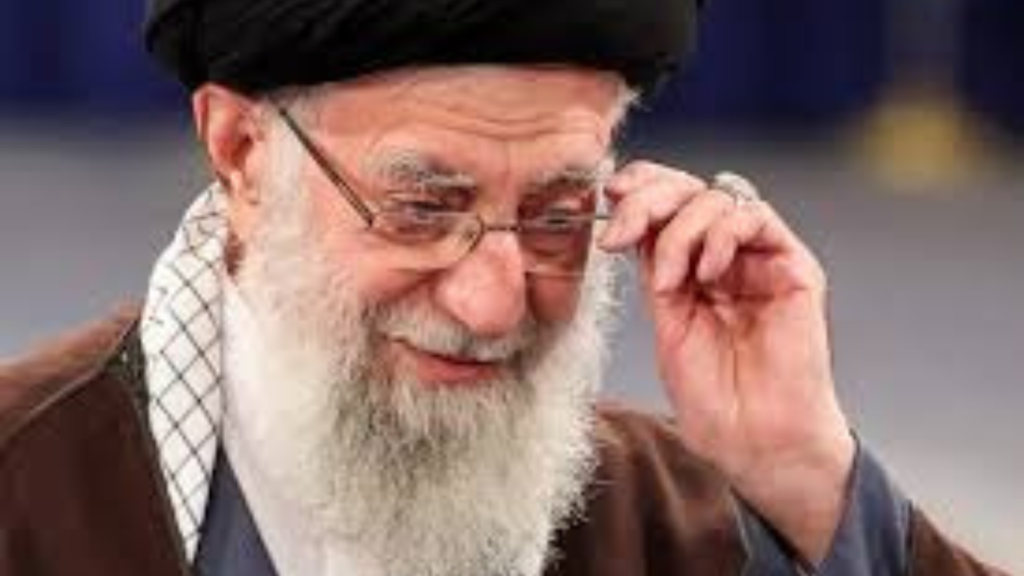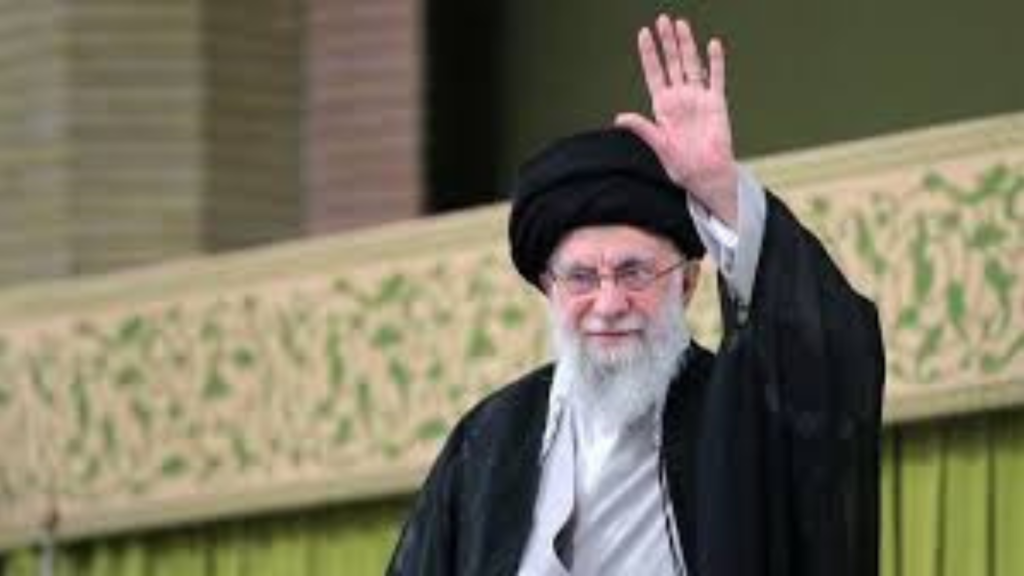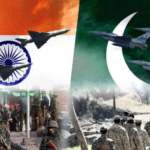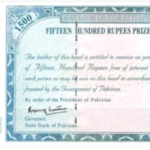Ayatollah Ali Khamenei stands as a towering figure in Iran’s modern history, playing an important role in shaping the country’s political and religious landscape. As Supreme Leader of the Islamic Republic of Iran since 1989, Khamenei has been at the center of the country’s ideological and political journey since the 1979 Islamic Revolution. This blog explores his life, leadership, and influence as a central figure. Iran’s Islamic Revolution.
Early Life and Religious Background
Born on July 17, 1939, in Mashhad, Iran, Ali Hosseini Khamenei grew up in a deeply religious family. His father, a respected religious scholar, instilled in him a strong foundation of Islamic scholarship. Khamenei received his education at the Madrasah of Qom, studying prominent religious scholars, including the leader of the Islamic Revolution, Ayatollah Ruhollah Khomeini.
Khamenei’s early involvement in political activism against the Shah’s regime laid the foundation for his rise as a prominent revolutionary figure. He was arrested several times during the 1960s and 1970s for his anti-government activities, which strengthened his determination to advance an Islamic system of government.
Ayatollah Ali Khamenei Role in Islamic Revolution

The Islamic Revolution of 1979 was a turning point in Iran’s history, overthrowing the Pahlavi monarchy and establishing the Islamic Republic. Khamenei emerged as a trusted ally of Ayatollah Khomeini, playing a prominent role in the ideological structure of the revolution. His commitment to the cause and his ability to articulate the principles of Islamic government earned him a prominent role in the new political system.
Leadership of Khamenei as Supreme Leader
In 1989, after the death of Ayatollah Khomeini, Khamenei was elected as Iran’s Supreme Leader, a position that gives him ultimate authority over the country’s political, military, and religious affairs. Although his rise to the role surprised some due to his relatively low religious standing, Khamenei quickly consolidated power, becoming a unifying figure for Iran’s clerics and political establishment.
Under his leadership, Iran has faced a number of challenges, including the aftermath of the Iran-Iraq War, international sanctions, and regional disputes. Khamenei’s policies reflect his determination to preserve the principles of the Islamic Revolution, promote self-reliance, and resist Western influence.
Theoretical Implications
Khamenei’s leadership extends beyond politics to shaping Iran’s cultural and ideological identity. As the custodian of the Islamic Republic’s revolutionary values, he has consistently emphasized the importance of upholding Islamic principles in governance, education, and society.
One of their key strategies is to promote the concept of “resistance economy,” which advocates economic independence from foreign powers. He has also succeeded in scientific and technological developments, particularly in areas such as nuclear energy, to strengthen Iran’s global standing.
Global and Regional Role
As a central figure in the geopolitics of the Middle East, Khamen’s influence extends far beyond Iran’s borders. It has been instrumental in shaping Iran’s foreign policy, supporting regional allies such as Hezbollah in Lebanon, the Assad regime in Syria, and Shia movements in the Middle East.
Khamenei has also been a strong critic of US policies in the region and calls Iran a leader of resistance against Western hegemony. Its statements and actions have positioned Iran as a key player in regional dynamics, often in opposition to Saudi Arabia and Israel.
Inheritance and Disputes
Ayatollah ali Khamenei’s leadership has not been controversial. Critics accused him of stifling dissent, limiting political freedoms, and centralizing power within the clergy. The 2009 Green Movement protests, sparked by allegations of electoral fraud, highlighted deep divisions in Iranian society.
Despite these challenges, Khamenei’s supporters see him as a staunch defender of Iran’s sovereignty and Islamic identity. His ability to maintain control over a complex and often fragmented political system illustrates his skill as a leader.
Result
Ayatollah Ali Khamenei’s role as Iran’s supreme leader has defined the post-revolutionary era. As the central figure of Iran’s Islamic Revolution, he guided the country through difficult times and ensured the survival of the Islamic Republic. Although his leadership remains a subject of debate, his enduring influence on Iran’s political, religious, and cultural trajectory cannot be denied.
Iran’s future and its place in the world will continue to be shaped by his legacy, which is characterized by both tenacity and conflict.
Related Topics:






